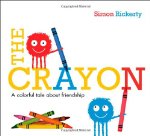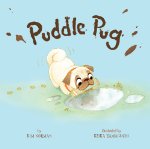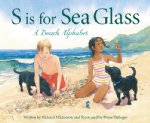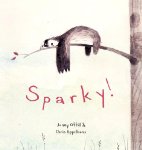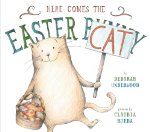When I moved into my first apartment in Washington D.C. there was a tiny garden in the back. The patch of glass was minuscule, but my roommate and I enjoyed spending time out there, and soon after I moved in I got my first bird feeder. I was soon able to recognize several bird species, birds that I had only seen in books heretofore. My favorite was the little chickadee, a very small bird with a distinct song and a huge personality.
Today's picture book will delight readers who like birds, and they will enjoy finding out what chickadees do at night when we are all asleep in out beds.
Chickadees at Night
Today's picture book will delight readers who like birds, and they will enjoy finding out what chickadees do at night when we are all asleep in out beds.
Chickadees at Night
Charles E. Murphy
Picture Book
For ages 5 to 7
Sleepytime Press, 2013, 978-0-615-56972-7
We all know what chickadees do during the day. They sing
their chick-a-dee-dee-dee song, “dip and dart through the tangle of trees,” and
visit our birdfeeders. What do they do at night? They disappear and we have no
idea what they are up to. Do they perhaps bathe in the rain and rest “on hidden
perches?”
Actually the
answer is a simple one. Those cunning little birds spend their nights playing
and having fun. They bounce on spider web trampolines, play hide and seek, and
take rides on the backs of flying squirrels. They enjoy the simple pleasures
that can be found as the moon rises and the stars twinkle overhead.
In this delightful,
lyrical, magical picture book the author answers some delightful questions
about the doings of a cunning little bird. Chickadees may be small, but that
have oodles of charm, and thanks to Bill O. Smith we now know just a few of
their secrets.
Throughout the
book the uplifting and sometimes funny rhyming text is paired with stunning
illustrations that capture the beauty and sweetness of one of North America’s
most beloved wild birds.
At the back of
the book the author provides readers with some “Chickadee Nuggets.”

